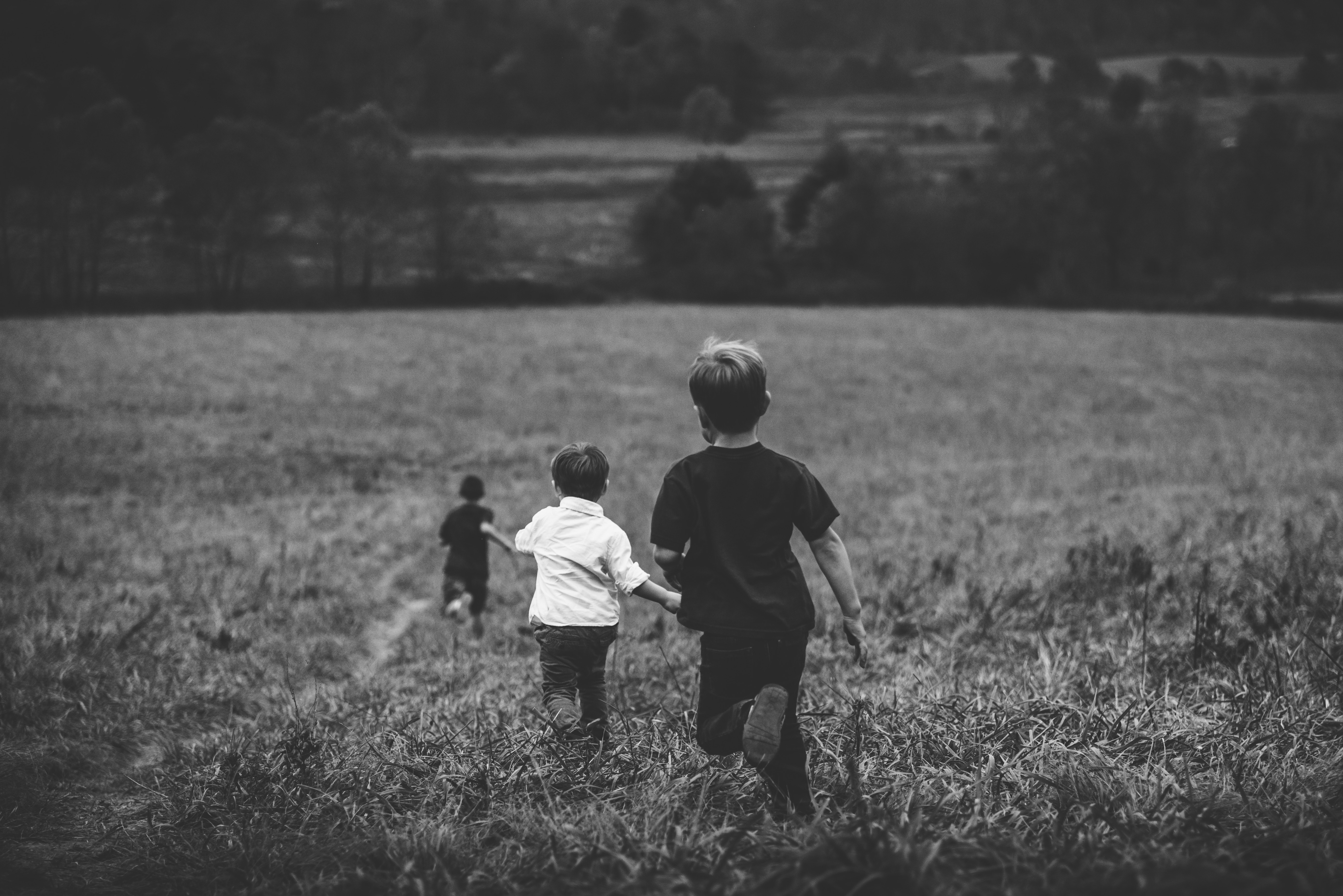Hiking is an easy activity for families because it doesn’t require a lot of gear and can be done at any pace.
You share a lot of the experience, which is a powerful way to bond, but your kids may have additional, unique experiences based on their age and abilities. A two-year-old wouldn’t wade up to his knees to find stones in a creek, but a teenager would and then try to tightrope the log going over the creek.
- Start early. Depending on the season, the temperature may be more moderate and easier on the body since you’ll all be getting exercise. Kids have the most energy and are the most fresh in the morning, so use that to your advantage. Make sure everyone dresses in layers so that they can be peeled off as necessary as the hike goes on.
- Give plenty of time. Don’t have an agenda. As tough as it sounds, go at their pace and try to take in the experience as your children do. Kids are full of natural curiosity and are natural explorers. Let them take their time looking around, climb some downed trees, or toss some bread into a stream to see if they can coerce any fish to bite.
- Keep it interesting. Choose a trail that has features they would find interesting, a waterfall or stream or rock formation… some goal they will be excited to reach. Choose trails that aren’t too strenuous or ask too much of everyone, until hiking is a give-in family activity and everyone is up to the challenge.
- Be prepared. Have everything you need in case of an emergency, in case of a boo-boo, in case Junior needs a snack. Of course, the kids can each have a small, lightweight pack of gear, snacks, and water, but as the parent, you’re the primary pack mule.
- Stop for snacks. It’s not enough to pack lunch that you plan to eat at your destination. Kids are always hungry, even more so when they’re active. So bring plenty of snacks and stop frequently for breaks. This will help keep your kids’ mood upbeat so that they are eager to continue the hike.
- Make it fun. Being outside with all of its amusements can be fun enough for kids, but sometimes a game or two is necessary to keep them engaged and to help pass the time. Looking for signs of wildlife, the tallest or widest tree, counting wildflowers, or even Eye Spy can be fun and interactive.
- Turn hikes into learning opportunities. Enjoying the scenery and the experience is one thing, but knowing how to navigate is another. First of all, leave the phones back at the campsite, or at least insist that they be turned off unless it’s an emergency. You want your kids to rely on themselves and be aware of their surroundings. As you walk, point out natural landmarks and discuss how they can be used to find their way if they got lost. Talk about what to do if someone were to sprain an ankle or if they were to encounter wildlife that can be less than friendly. You’re teaching them skills they can rely on as they grow up.

